Supporting connectivity in water treatment
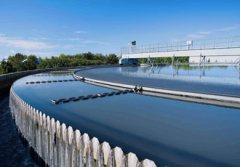
Access to, and availability of, clean water is vital to society and the economy. The United Nations (UN) has included access to water and sanitation as one of its sustainable development goals for several years, but the importance has become obvious during the COVID-19 pandemic. Whether water is being supplied for domestic usage or circulated in treatment systems, connectivity is important to ensure availability and effective network management. Here, Magnus Unosson, Senior Account Manager at Recab, explains the key steps in building effective, connected water operations.
The water and wastewater treatment industry is one built on a high number of variable factors. These variables range from the pressure of certain pump stations to the volume of water passing through a station at any point in time, as well as quantities of chemicals present. Historically, managing these factors has been one of the biggest challenges, particularly in terms of sanitation companies coordinating adjustments across their networks of distributed assets.
For example, if one large pumping station plans on increasing pump pressure, it must be coordinated with nearby smaller stations to avoid leakages or discharge of effluent into ditches. Traditionally, this process of adjusting pressure hasn’t been efficient due to the need for engineers to coordinate manually.
In recent years, the Industrial Internet of Things (IIoT) has grown in popularity as a way of addressing the challenges. Many sanitation companies are now in the early stages of adopting sensor networks and router technologies to monitor performance characteristics. These routers help communicate information automatically between pump stations, as well as to Supervisory Control And Data Acquisition (SCADA) systems in cleaning plants. This offers a multitude of benefits, including faster pick up time for measured values, compared to the traditional method of managers routinely dialling in to stations for updates.
However, introducing the IIoT to water networks is not as straightforward as selecting a router and some sensors and plugging everything in. It’s important that the IIoT devices are easy to configure, able to provide a low Total Cost of Ownership (TCO) and are secured. It’s also useful for these devices to, like the water they’re monitoring, be available when needed, which requires reliable service up time.
Recab has extensive experience working with sanitation and water companies to introduce connected technology into their operations. The first step is to settle on a reliable router, such as INSYS icom’s SCR series 3G/4G routers. These routers are designed for simple yet effective connectivity, with robust security via a combination of a stateful firewall and a Virtual Private Network (VPN). The SCR series features a two-port switch with 10/100Mbit/s speeds for fast data communication through the network.
Once the router is selected, the next step is to ensure connectivity. The routers will typically use 4G communication, which provides a dynamic IP address that can make connecting to SCADA systems difficult. This can be resolved by using a VPN, which can be set up easily using the icom Connectivity Suite for all INSYS icom routers. This service not only provides easy and stable remote access to routers, it also gives the router a static IP for the SCADA to connect through.
INSYS icom routers and the icom Connectivity Suite are designed specifically for industrial applications, which is why they are well suited for building IIoT networks in sanitation and water treatment. It’s also why Recab has a longstanding partnership with the company. It complements our expertise in industrial and embedded computing and networking, which means we can provide ongoing technical support with specific insight into the challenges faced in water and sanitation.
With the IIoT solution set up, businesses can then reap the benefits. One immediate advantage comes from the efficiency of automatic communication between pumping stations in a network, reducing the need for manual coordination of pressure adjustments. Engineers can have a centralised view of the performance of each pump station from the sanitation plant, without the need to travel between each station.
In a post-pandemic world, it’s unquestionable that sanitation is increasingly important and the availability of water remains critical. To ensure that water networks can operate as effectively and efficiently as possible with reduced costs, the IIoT and reliable connectivity are invaluable.
There are some important considerations for engineers to consider before investing in IIoT systems, but with the right approach, products and partner in place, sanitation and water companies can benefit from industrial connectivity.
Similar articles
More from Recab UK
- How has 2020 reshaped manufacturing? 26th January 2021
- How HCI created a data centre revolution 22nd September 2020
- Supporting connectivity in water treatment 24th August 2020
- Bringing digitisation to oil and gas 9th July 2020

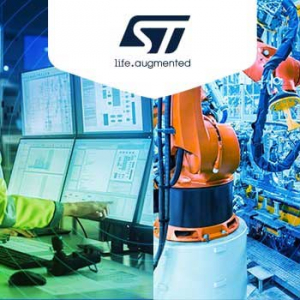
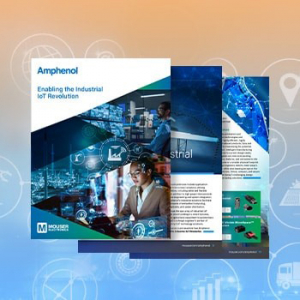
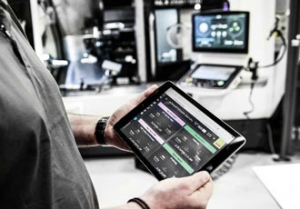
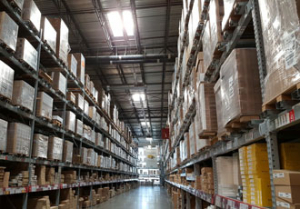







Write a comment
No comments